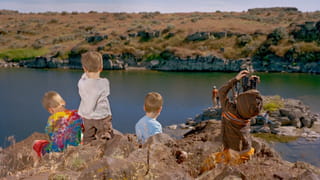Today, on World Children’s Day, I want to bring our attention to the importance of play – once again. Play is essential for our development and fundamental to how we learn. For the past three decades, it has also been considered a right for children – the same as the right to healthcare, nutrition and education. And with close to one billion school kids affected by school closures at the height of lockdown, it’s more important than ever to understand how and why we play.

2020 has put the relationship between parents and their children under a stress test. Throughout the year, schools have been affected by coronavirus lockdowns and as of November 2020, as many as one billion students are seeing their schools routines affected. In many countries, kids have had to stay at home. Keeping them company are even more adults, many juggling work and childcare simultaneously.
If you’re one of those parents, the most likely reaction you had to these sudden responsibilities for care and education was: get organised.
Trying to teach spelling or maths between work meetings, while simultaneously preparing lunch, is a hydra-headed challenge. The way we usually deal with such complex tasks is the same way that we as adults deal with multiple commitments in our own lives.
We schedule.
As adults, we often believe that achieving something – anything – takes organisation. We even organise creativity (brainstorming!), or letting go of our obligations (me time!).
No wonder then that some pretty impressive home school timetables did the rounds during the first wave of the corona pandemic. Some parents crafted their own with their children, while others followed their actual school timetable as closely as possible. In most instances, free time and play appeared as slots between chemistry, maths and physical exercise.
But here’s the thing: play is fundamental. Fundamental to how children learn – not antithetical to it. And there is massive evidence to show that play works best if it’s done freely, led by children themselves, rather than scheduled for an hour and prescribed by supervising adults.
So, if you want to do yourself a favour: this is the moment to rethink play. Learning from home may be way more fun than you think.
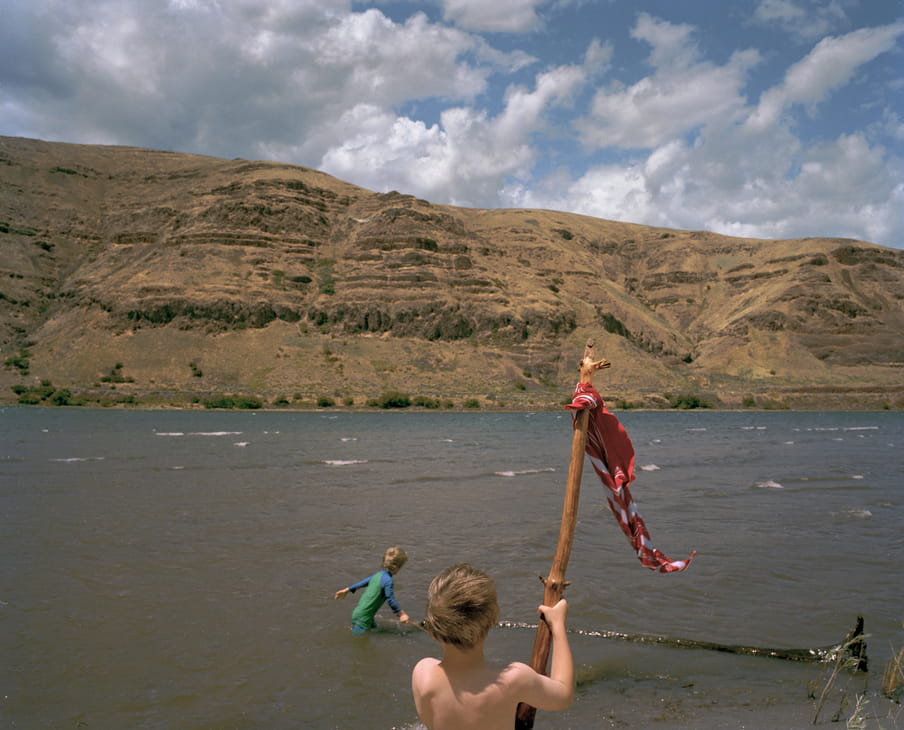
Play is a natural way to learn
From the moment he wakes up, my 14-month-old son Lorenzo climbs out of bed and starts looking for objects he can play with: a bottle of water, my slippers, his clothes. He runs around, explores a piece of fluff, kicks a bottle cap across the floor.
He plays hide-and-seek with only his hands.
Play is the most natural thing in the world for him. Just as I do for Lorenzo, most adults instinctively trust play to be good for children. At the same time, we don’t seem able to support it in the most beneficial ways.
Evidence from around the world shows that we tend to prescribe play, then restrict it. Formal educational settings greatly contribute to confining play to an ever-shrinking slot on our children’s timetables.
Studies of animals have found that play is essentially how young animals try out their skills, before they need to secure their food or win a fight – and without the help of parents or elders.

Take young rats, for example. Or crows. Or foxes.
Young rats “play-fight” by simulating what they would do in a real fight, without going all out. Young crows play with sticks that they later use to procure food more efficiently. Baby foxes play at hunting live prey brought to them by their parents.
Even young paper wasps have been observed beating other wasps’ antennae, licking and biting them – a behaviour that serves no known purpose but resembles play-fighting in mammals.
From these examples, a biological definition of play has emerged. In this definition, play means “all motor activity performed postnatally that appears to be purposeless, in which motor patterns from other contexts may often be used in modified forms and altered temporal sequencing,” write biologists Marc Bekoff and John A. Byers.
Human babies play like this too.
Our babies explore their curiosity for its own sake, with no end goal. Broadly defined, this free exploration can take endless shapes: rough-and-tumble play, pretend play, playing a sport, conjuring imaginary friends.
In her book The Gardener and The Carpenter, developmental psychologist Alison Gopnik, known for her work on how children learn, highlights several distinctive elements of play: it is not work, it is fun, it is voluntary, and it happens when other basic needs are met.
Most importantly, from an evolutionary point of view, play is an essential characteristic of childhood because it is incredibly useful. Play is central to preparing children for later challenges, because it teaches them how to learn, to explore and to be flexible.
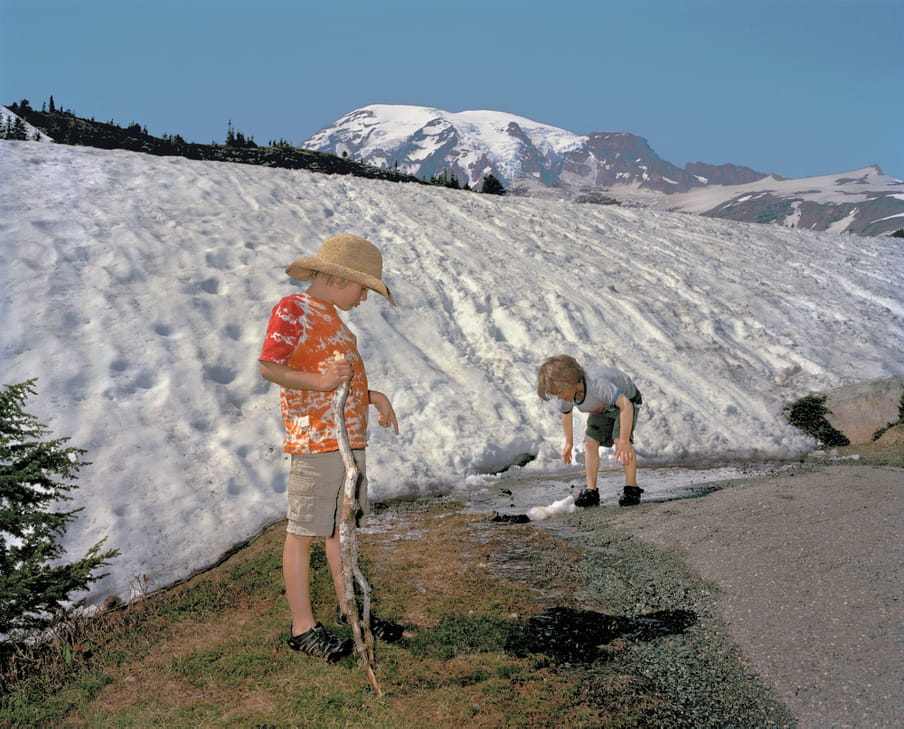
A long childhood
The big difference between human babies and other animals is that humans have a much longer childhood.
While primates go from infancy (where they depend on their carers for feeding) directly to juvenile growth (where they become independent but aren’t sexually mature yet), humans go through a long childhood in between. Biological anthropologist Barry Bogin describes this as “the period when the youngster is weaned from nursing, but still depends on older people for feeding and protection”, typically until the age of at least seven.
From a developmental perspective, this is the period in childhood which is absolutely pivotal for children to explore, learn and develop. This is exactly why children play.
The developmental importance of play is conspicuous in small-scale societies such as the Shuar in Ecuador’s Amazon region. Just as children in industrialised settings play with pots and pans to mimic mommy or daddy preparing dinner, Shuar kids pretend to clear the fields by wielding small machetes. In doing so, at an early age they become proficient collectors of food.
“We are allowed to explore when we are children so that we can exploit when we are adults,” writes Gopnik.
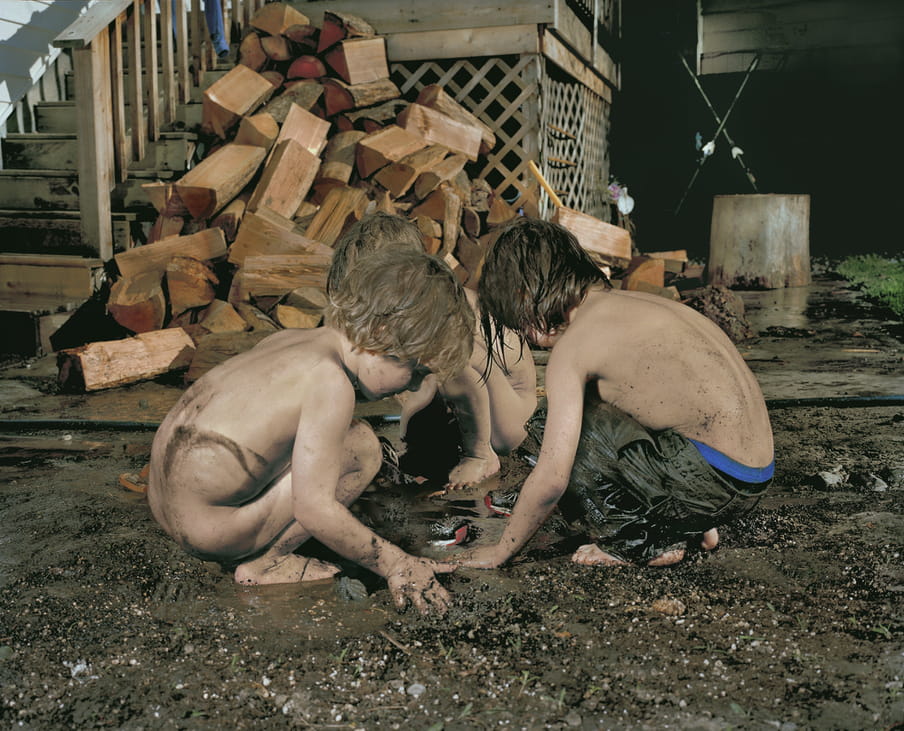
The learning paradox
Now, the idea that playing is useful for developing skills leads us to a paradox. On the one hand, play is defined by its absence of purpose, by not having any aim; on the other hand, its most important role is as a means of learning.
We are seeing the same paradox all around us, now, in how adults approach play in contemporary society: a voluntary activity with no aim, to which increasingly we apply a goal-oriented work ethic. Adults insist on stepping in and encouraging play in order to help children to learn.
Inadvertently perhaps, we disturb an important principle of how play works: playing for play’s sake.
This paradoxical intervention by adults worries paediatricians and play advocates - and rightfully so. Evidence shows unstructured play has declined worldwide, and it’s affecting children’s behaviour.
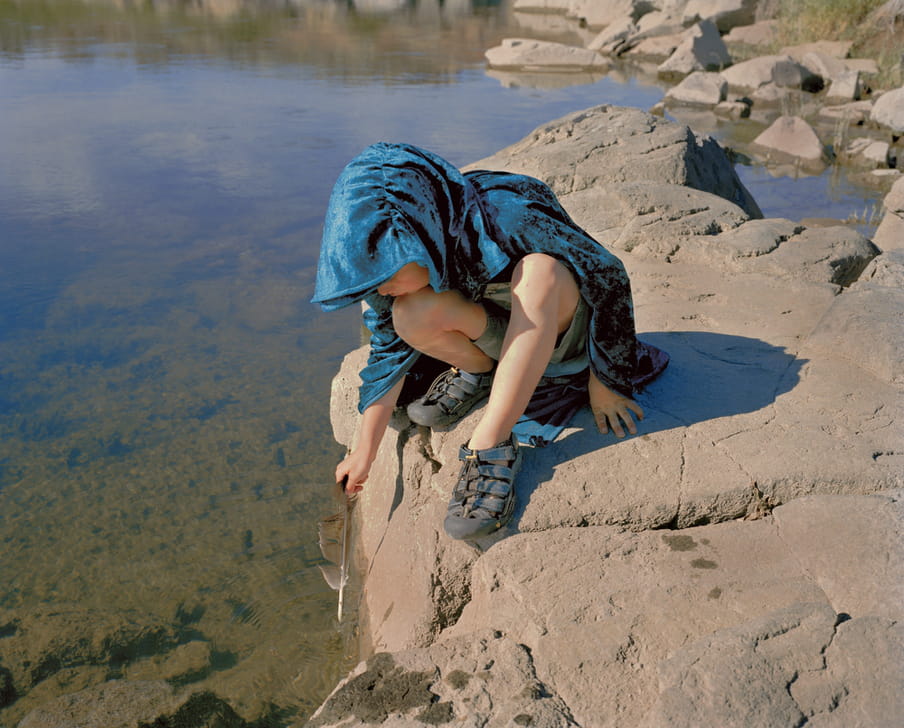
In one of the most comprehensive attempts to quantify the decline of play, sociologists at the University of Michigan assessed how children in the US spent their time in the period from 1981-1997. Over a 16-year period, they found children’s playtime decreased by 25% in the US.
Other studies found a 30% drop in unstructured time during recess periods for kindergarten children in the US – even though it is crucial for learning. Similar findings were observed in the UK since 1995, where school breaks have been reduced by an average 45 minutes per week for the youngest and by 65 minutes for secondary schools – in order to give more space to the structured curriculum.
In general, societies which emphasise academic performance from a very young age tend simultaneously to relegate play.
In Hong Kong, research has found that children are allowed less time outdoors than prison inmates. A combination of exam-based education and high family expectations are among primary factors cited for limiting children’s time for play. However, three out of four adults in Hong Kong believe that children are not given enough free time to play.
In another international survey, mothers in 16 countries said their children were happiest when playing outside or in a park (54%). At the same time, these parents reported their children spending more time on homework (85%) or watching television (72%) as their primary activities.
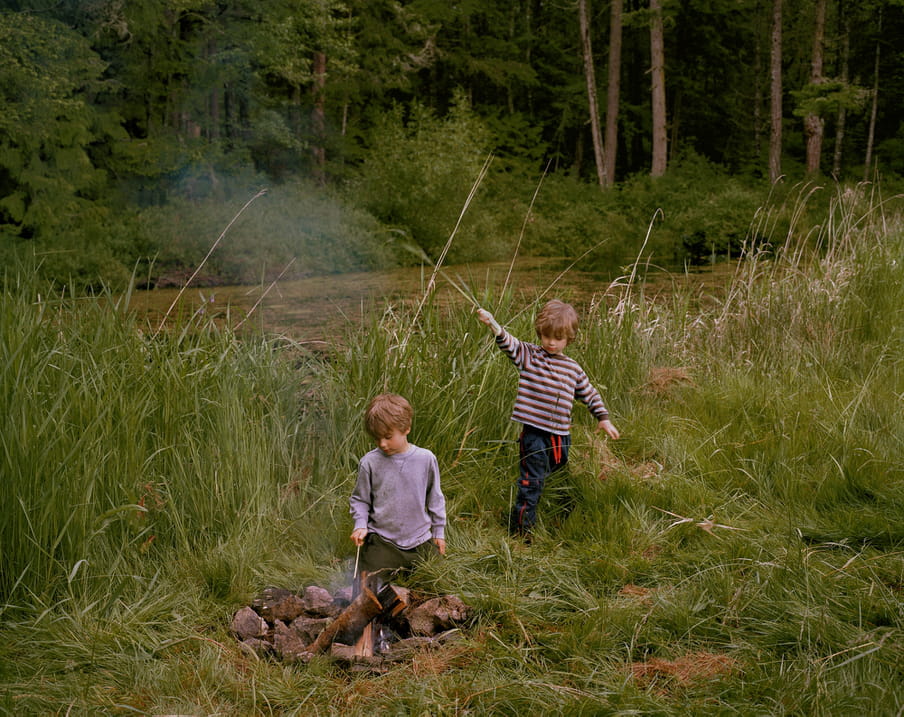
The search for vanished playtime
Now, this trend of vanishing playtime definitely isn’t new. From the time of peasant agriculture, children became labourers. A similar trend was reinforced from the 18th century by the Industrial Revolution, when kids became factory workers as well.
The first half of the 20th century – as Howard Chudacoff points out in his book, Children at Play: An American History – became “the golden age” of children’s free play. As child labour declined, children were allowed more free time – and play more is what they did, until stricter schooling and more parental controls became the norm.
Educational settings are partly to blame. Prioritising exams and results, timetables and schedules – in school and at home – restricts play substantially.
Research led by Elizabeth Bonawitz, a cognitive development psychologist, found that when kids are expected to follow instructions during play, they don’t learn the same as with unstructured play. The trend often starts even in pre-school, as toddlers’ playtime is reduced to pack in more curriculum.
Parenting is also an enemy of play, Gopnik points out, because of an “oppressive cloud of hovering expectations” which parents put over their children.

More than half of the world’s children now live in urban settings – most of which are not play-friendly at all. By 2050 it’s forecast that 68% of children will live in cities. Outdoor spaces for play are becoming rarer, especially in the global south – which, in turn, causes parents to exert more control. A vast majority of US parents (82% in some surveys) have concerns about outdoor play, because of safety issues.
Last but not least, the marketing of commercial toys and their brands diminish the extent of children’s freedom in play. Where once girls dressed up as princesses in a generic way, girls are now more likely to want to be Elsa from Frozen.
“These characters are wonderful,” psychologist Susan Linn, founder of The Campaign for a Commercial-Free Childhood says, “but they overwhelm children’s play space. These characters already come with a voice, a personality, a script, and a history. That leaves fewer opportunities for children to create their own play.”
The same trend is reflected in building blocks like Lego, which now come in sets with branded characters and assembly instructions to follow, or in video games that often follow set scripts. While it may not be intentional, the effect is to hamper creativity and diminish a child’s sense of agency.
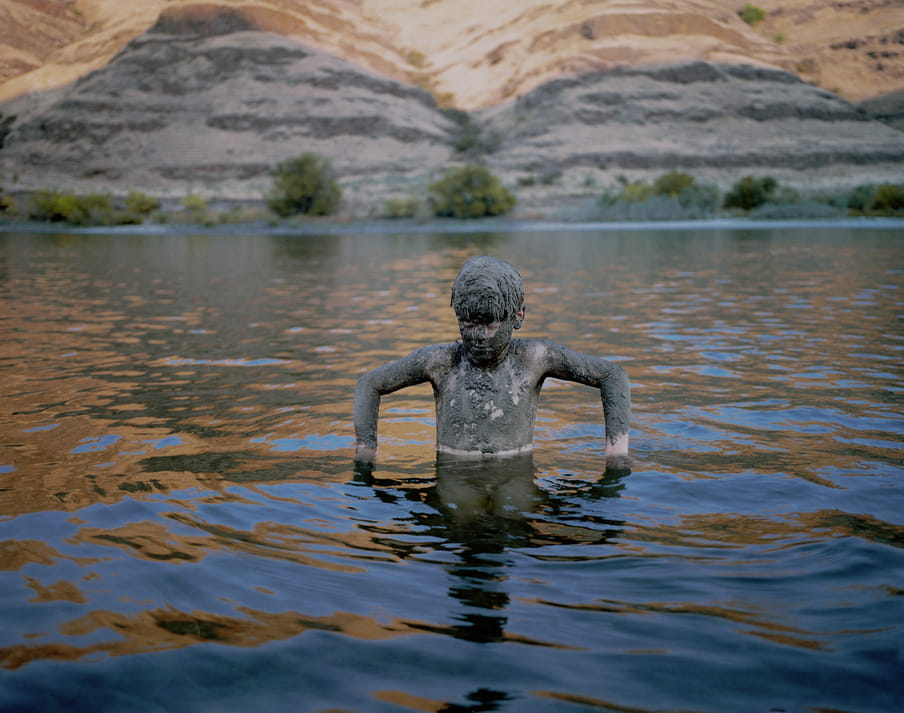
The good news
The good news is that no matter how much we grown-ups interfere, children will always find ways to play freely – even in difficult times.
“Children are like Houdini: they escape and contest the definitions, boundaries, rules and policies that adults impose on play,” writes Elizabeth Wood, now professor of education at the University of Sheffield, in her introduction to the first edition of the International Journal of Play.
According to a 2014 study on children’s perspectives on play, all children interviewed spoke about play as something fun, self-initiated and positive – without highlighting their lack of access to unstructured play. “Play is to have fun and to concentrate and to do what you want to do. That makes you happy,” said 8-year-old Leah.
When asked to take pictures of what they thought was play, only 8% of Japanese children and 6% of Korean children included their teachers. For them, play was more often social than involving adults: 30% of Japanese children, and 96% of Korean children, took photos of play which showed children interacting with others.
As long as we adults are willing to accompany children in their personal explorations, the “right” kind of play can still take place.
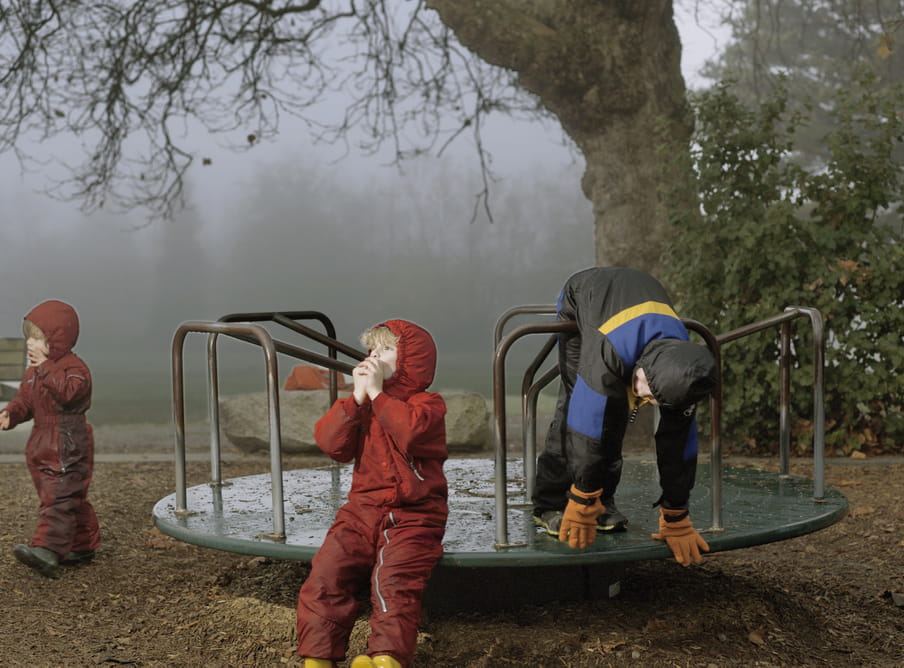
Supporting children’s play does not imply an entirely hands-off role for parents. I’m not saying that all timetables and schedules should be thrown out of the window. Of course, keeping to a routine for meals, sleeping and bathing is very important for children to feel safe.
Instead, play requires more self-discipline and thoughtfulness from parents. Instead of telling children where the pieces go in a puzzle, you can help them to rotate a piece that doesn’t quite fit. Play can be helped by some guidance, but doesn’t require an overbearing parental presence.
And while it may be easier for preschoolers or younger children to avoid a fixed school-like schedule at home (they don’t have to worry much about exams and university being just around the corner), creating space for free, independent play is good for every age – even for adolescents and adults.
After all, Gopnik says, “we don’t play because we think that eventually it will give us robust cognitive functions – although that may be the evolutionary motivation for play. We play because it is just so much fun.”
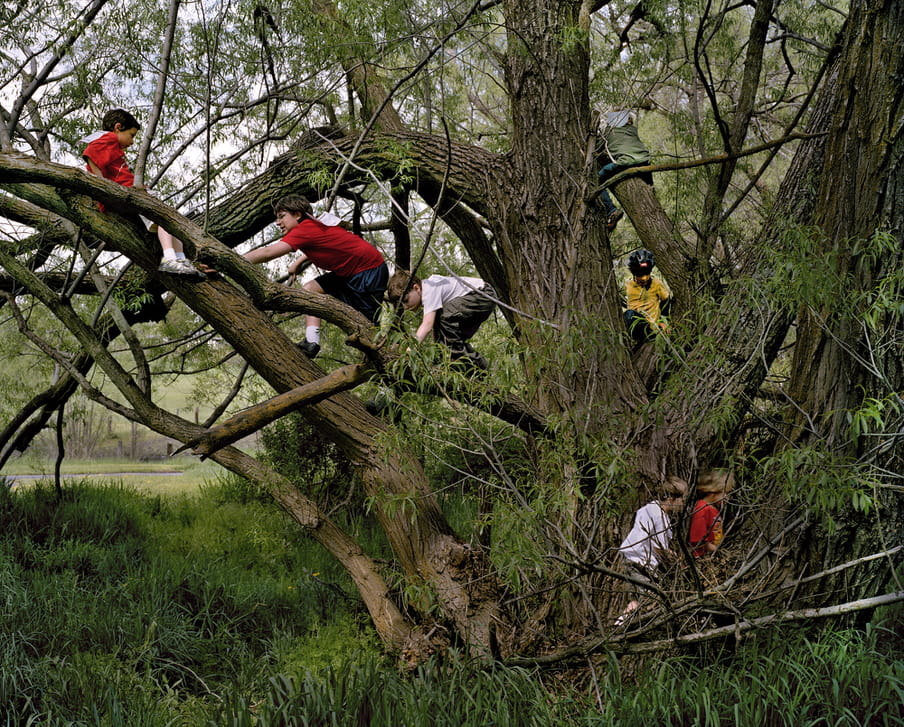
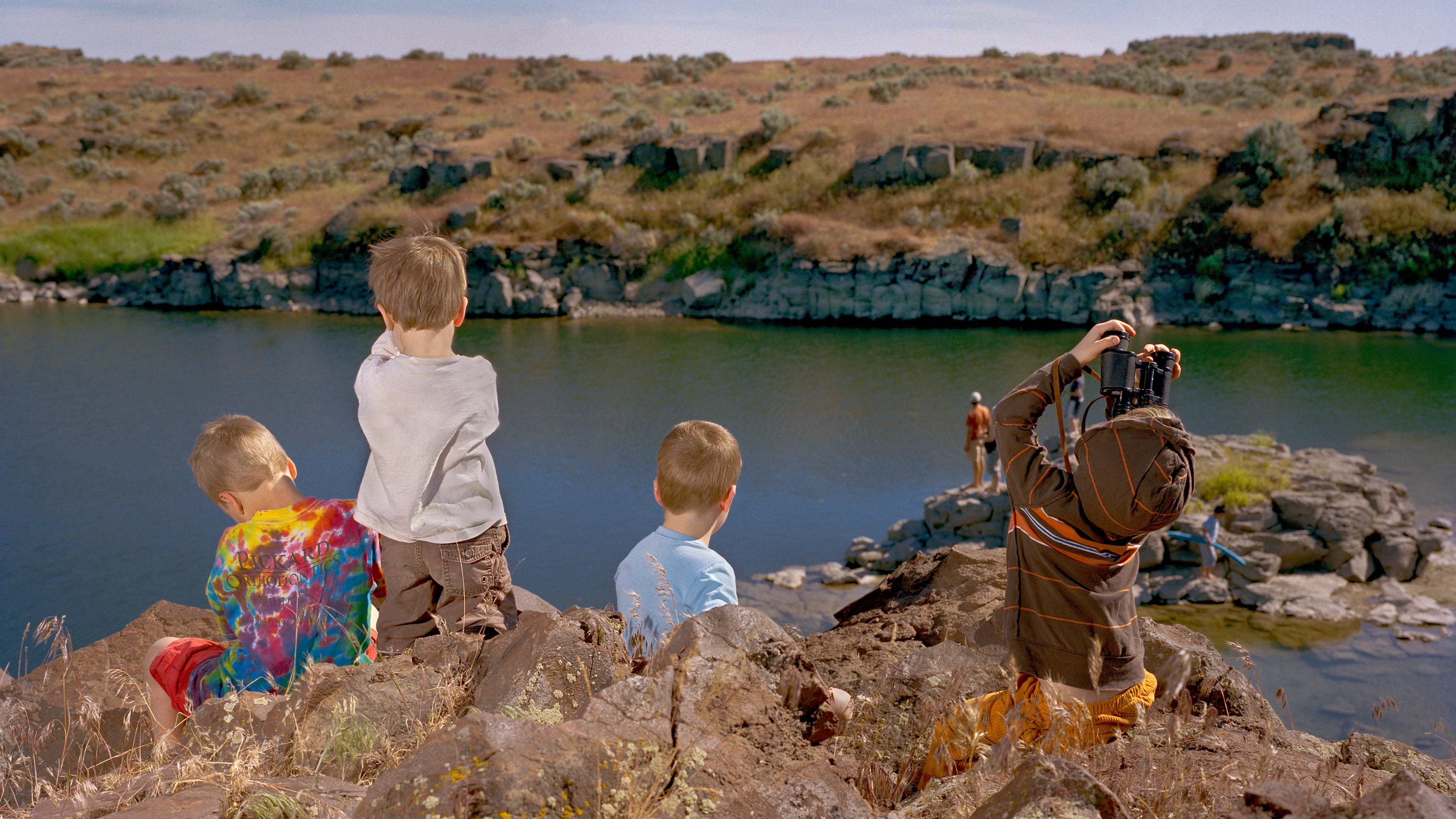 About the images
Photographer and father Dennis DeHart documents his children as they follow their own ideas and interests, in their own way and for their own reasons. The series places the outdoors at the forefront of consciousness, while framing outside play in nature as integral to childhood development and education. DeHart’s photography expresses his feelings about both fatherhood and play, drawing inspiration from personal and cultural myths, humour, family, home, travel, and the backyard. (Lise Straatsma, image editor)
About the images
Photographer and father Dennis DeHart documents his children as they follow their own ideas and interests, in their own way and for their own reasons. The series places the outdoors at the forefront of consciousness, while framing outside play in nature as integral to childhood development and education. DeHart’s photography expresses his feelings about both fatherhood and play, drawing inspiration from personal and cultural myths, humour, family, home, travel, and the backyard. (Lise Straatsma, image editor)
Dig deeper
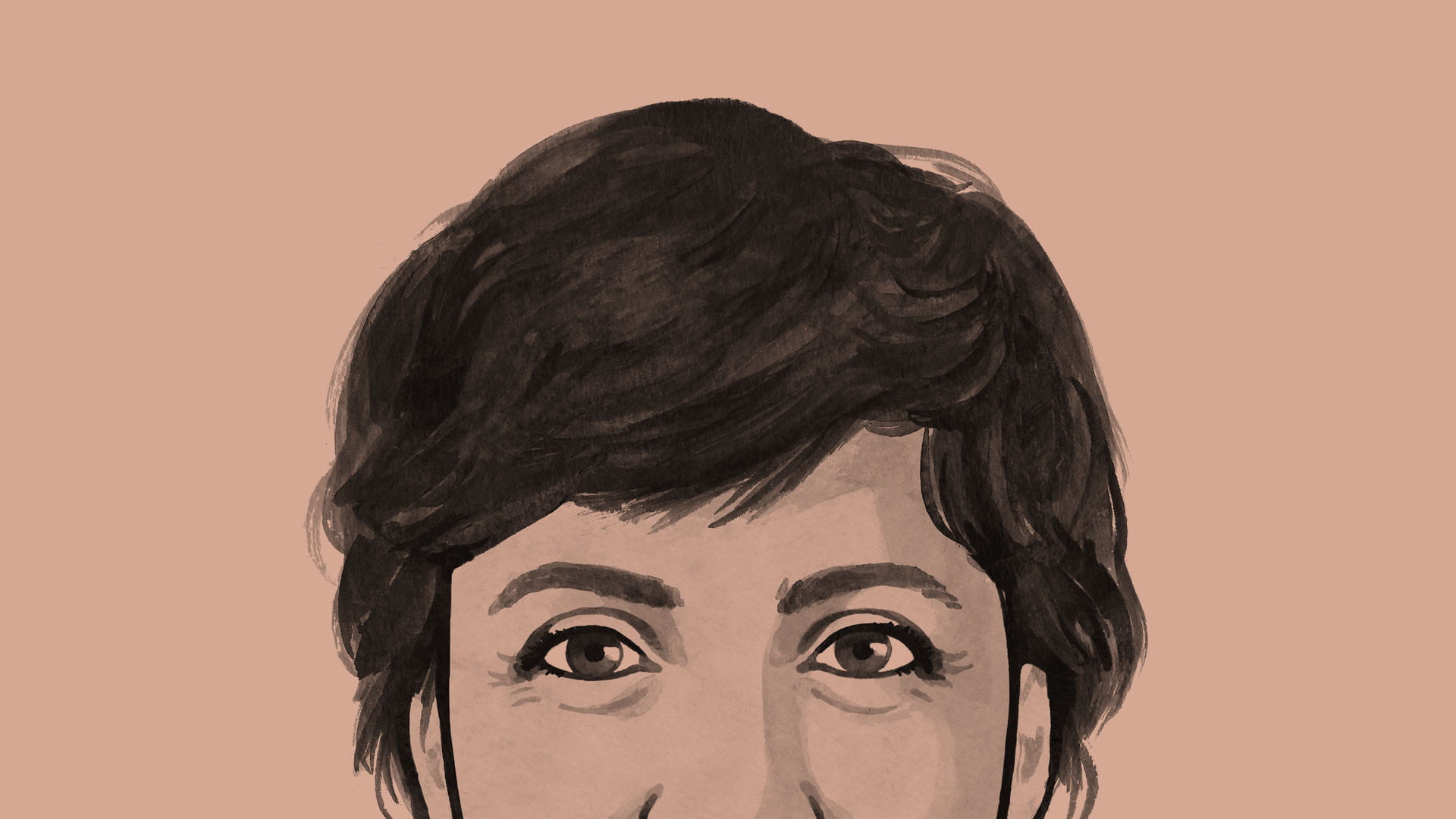 Children are a quarter of the world’s population. Imagine urban planning from their point of view
What can we gain if we think from the perspective of children? In this column, Irene Caselli argues that cities built from a child’s perspective create more possibilities for play and contact with nature. And not only for their youngest citizens: child-friendly cities will be better for vulnerable populations too. Adding ramps to a sidewalk is helpful for pushchairs, but also for wheelchairs.
Children are a quarter of the world’s population. Imagine urban planning from their point of view
What can we gain if we think from the perspective of children? In this column, Irene Caselli argues that cities built from a child’s perspective create more possibilities for play and contact with nature. And not only for their youngest citizens: child-friendly cities will be better for vulnerable populations too. Adding ramps to a sidewalk is helpful for pushchairs, but also for wheelchairs.
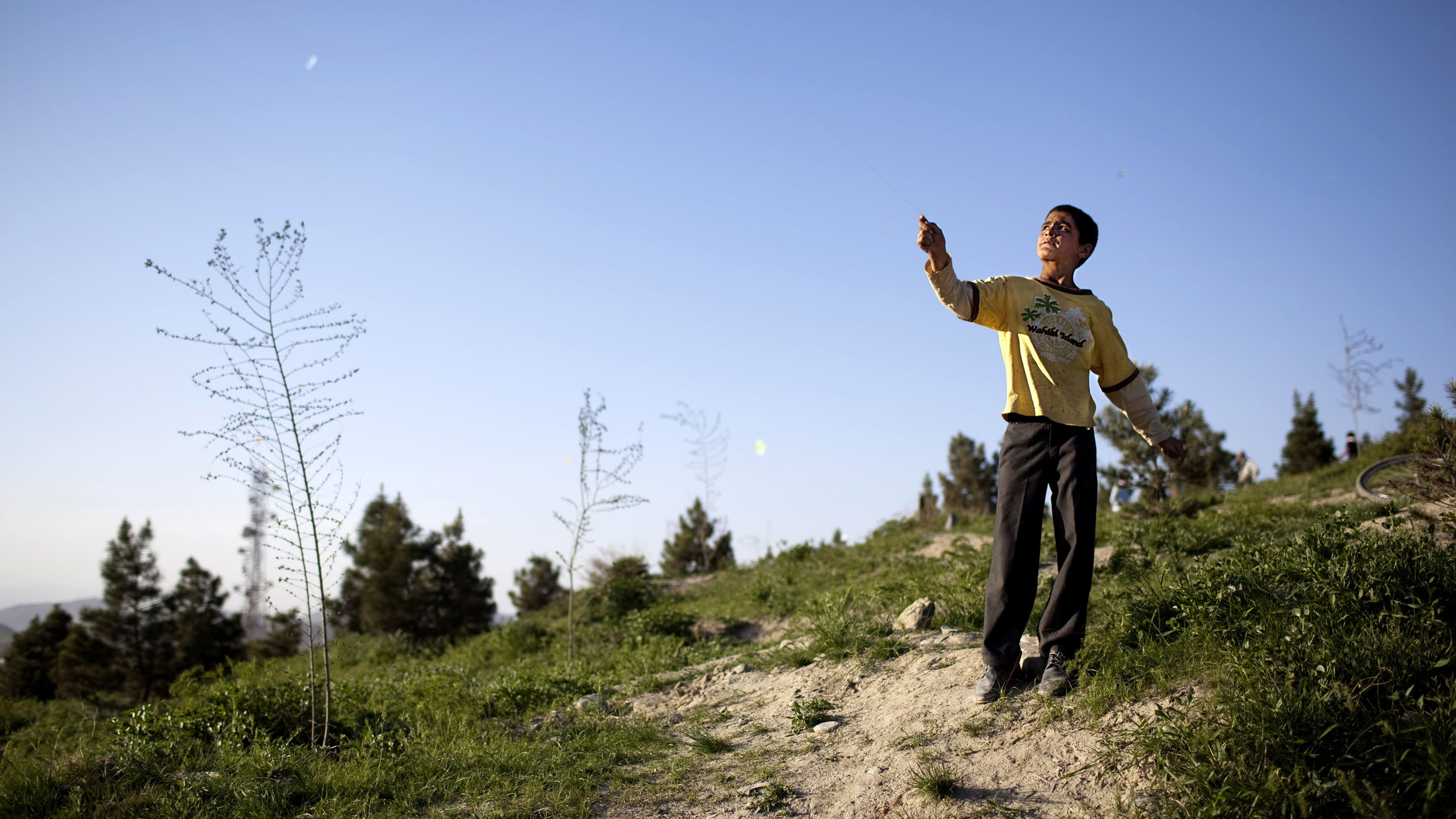 Let’s remember the day play went from being a privilege to a right
The Convention on the Rights of the Child set out to enshrine children’s wellbeing, safety and security – not to mention their right to play. There is much work still to be done, but on its 30th anniversary, it’s worth reflecting how much has been achieved.
Let’s remember the day play went from being a privilege to a right
The Convention on the Rights of the Child set out to enshrine children’s wellbeing, safety and security – not to mention their right to play. There is much work still to be done, but on its 30th anniversary, it’s worth reflecting how much has been achieved.
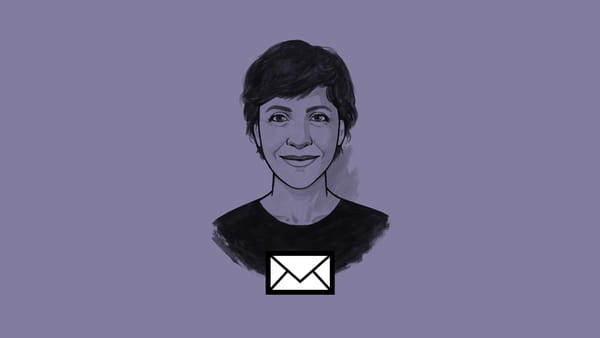 Want to stay up to date?
If you’re interested in reading more about children and what we can learn through their eyes, you can subscribe to my weekly newsletter about the First 1,000 Days of life.
Want to stay up to date?
If you’re interested in reading more about children and what we can learn through their eyes, you can subscribe to my weekly newsletter about the First 1,000 Days of life.


